NAPA VALLEY, Calif. — Despite the headline, this bit of Sunday scribbling has nothing to do with the current political situation in the United States and around the world. On the contrary, it is about something that can provide a brief but necessary respite from an onslaught of hair-raising news: a book.
“Grave Concerns” is the newest work from Napa Valley author Paul Wagner, the seventh in his Dan Courtwright Mystery series.
Before he turned to novels, Wagner was well-known locally as the founder of Balzac Communications, an instructor in wine and hospitality at Napa Valley College, a globe-trotting lecturer on these topics, and author of books such as “Artisan Public Relations” and “Wine Sales and Distribution.”
His first novel, “Danger: Falling Rocks,” however, had nothing to do with wine. His hero drinks water from a canteen. This is because Wagner has turned for the setting to another world he knows as well as Wine Country: the High Sierras, mountains he came to know as the son of a park ranger and continues to explore with backpacking expeditions and trail-repair trips. (You can read about his mountain adventures at www.backpackthesierra.com)
"We're getting swamped with people up here and a lot of them don't have any idea what they're doing. We have grave concerns." —Dan Courtwright, in "Grave Concerns" by Paul Wagner
Wagner’s first mystery introduced Courtwright, a high-country ranger, shy with humans but entirely at home in the wilderness. Taciturn, solitary and likable, Courtwright brought readers with him into his wilderness, crunching along in his boots over scree on a lonely trail, observing through his eyes the mighty granite formations, the patterns of trees and water, the flight of a solitary hawk, drinking in the beauty – and stumbling over a dead body.
Dan solved the who and why of this discovery with the help of Cal Healey, his friend and the local sheriff’s deputy, whom he had met when he was speeding, late for his first day as a wilderness ranger in Stanislaus National Forest.
In the subsequent novels, Dan keeps finding mysteries where man ventures into nature and he and Cal figure them out. He gained depth as the series progressed, finding a girlfriend, even as he feels the aches and pains of aging. He worries he can’t hold his own with 20-somethings, but he still knows how to extricate himself from a rock wall when he needs to.
In a recent conversation about “Grave Concerns,” one of the first questions for Wagner was why he chose this setting, rather than, say, the Napa Valley he knows so well.
“The best books, including mysteries like Donna Leon’s and Tony Hillerman's, also bring a place to life for the reader,” Wagner said. “I hope mine do that for the Sierra Nevada.”
Why mysteries and not wilderness guides?
“Any book can take you on a journey — some are just a relaxing float down a river with some (hopefully) interesting people,” Wagner said. “But mysteries require more participation from the reader. They are a puzzle to solve, and you can't just sit back and enjoy the ride — you have to pay a certain amount of attention to make sure you don't miss anything important. That's part of the fun.”
The current popularity of mysteries is indisputable. Detective series abound, set everywhere from the Caribbean to Norway, Sicily to New Zealand, in as many time periods as time zones. Great Britain produces so many murders that it’s a marvel there are any people left on the island kingdom. But no one has so effectively set these puzzles in the mountains of the Sierra Nevada as Wagner.
What’s the appeal of these mysteries? In part, perhaps, it’s because they provide such effective snapshots of a time and place. This is especially effective in our own muddled era, with its confusion about what is true and what is not, how far “reality” can be bollixed, twisted and reshaped to serve one’s own interests? Reality is harder to manipulate in the mountains, however, where Mother Nature generally has the last word. Nonetheless, the mountains are not immune to the spillover of society’s discombobulations, and all of this is central to the plot of “Grave Concerns.”
“It was the third Search and Rescue mission that finally got ranger Dan Courtwright’s full attention,” the story begins. The first of these was looking for a 27-year-old man who headed out alone into the wilderness in late winter and didn’t return when he was expected. The team was struggling through rugged terrain and bone-chilling weather in their search when the man walked into the parking lot, several days later, just fine, offering apologies but no explanations.
“It had felt good to get out — to breathe hard in the mountains and feel that sense of solitude,” Courtwright reflects, “but you couldn’t help wondering what that guy was doing out there for four days in the snow with days that had only 10 hours of sunshine.” Dan concludes he must have spent “a lot of time staring at the inside of a tent.”
The next missing person is not so lucky. Antonio Gemmeli’s parents call the rangers when their son goes missing in the same area, and there’s no indication he has much experience snow camping. His friends tell Search and Rescue that they had been working on a computer project. Antonio had declined to get dinner with them because he “was really close to figuring something out, some problem he’d been working on.” Then he vanished. Search and Rescue finds him frozen solid.
After this grim discovery, “Dan turned on the heat to full bore in his vehicle and drove slowly and carefully back down the mountain, all too conscious of how fast you can die when you don’t know what you are doing.”
Six days later, there’s a third call for another missing hiker, one Karl Rahm: “It was the same trailhead, and the same area. Dan wondered what the hell was so interesting about the backside of Dodge Ridge. Why did what appeared to be normal, sane people pack into here for miles in deep snow for days?”
They find Rahm, fortunately not a human ice cube, and he’s the one who spills the beans. He is part of a growing group who believe that Matthew McLeod, a writer of mystery novels set in the West, has hidden a treasure “up here somewhere.”
“I was just checking things out,” he explains. “Trying to get a head start.”
What follows is a thoroughly fascinating unraveling of a thoroughly modern mystery: What is real and what is not? Powered by online groups and websites, people are reading McLeod’s books, searching for clues to find the $5 million they are sure he has buried for them to find. Questions abound: Who set off the online feeding frenzy? Is it an author’s a fiendish ploy to sell his books? Is he responsible for the death of the frozen man? Also, as Dan’s boss says, “Where does a writer get five million dollars he can give away?”
And it’s not a chest filled with dollar bills; it’s bitcoin. “A computer code,” Dan explains to his boss, “It would fit on a thumb drive that’s smaller than my thumb.”
There’s some irony here for those of us who still can’t figure out what bitcoin is and aren’t quite sure whether it’s worth $5 million or nothing. Nonetheless, the idea that the possibility it’s the former has people setting out into the winter mountains to find it.
Determinedly and doggedly, Courtwright sets out to find answers, a challenge that entails reading McLeod’s books and enduring an interview with the author.
“I was hoping to talk to you about the treasure you may have hidden in our national forest.”
“Hah!” McLeod responds. “So, you believe it too!”
“It doesn’t matter if I believe it or not,” Dan says. “But a lot of other people believe it.”
“Then I’ve done my job.”
“Not good,” says Dan. “We’re getting swamped with people up here and a lot of them don’t have any idea what they’re doing. We have grave concerns.”
“Mr. Courtwright, I write fiction. You know what fiction is, don’t you?”
“But you base your books on reality,” Dan countered. “You mention specific places in the Sierra.”
“Ah! But what Sierra would that be, Mr. Courtwright?”
“We’re talking about the one where people read your books and then come up here and get in trouble,” Dan said.
“But my books are fiction,” McLeod reiterated. “They are only as real as the reader makes them.”
Grave concerns, indeed. The author should have paid more heed to the quiet ranger. But when McLeod’s braggadocio boomerangs, Dan works on, to a harrowing conclusion.
One other appeal of a mystery novel, beyond the puzzle, the setting and the protagonist, is the underlying sense of justice that – almost always – prevails. Wagner combines all these elements for an enthralling read that once again takes you into Dan Courtwright’s world, where the justice of nature reigns. And you don’t have to be the one wearing the backpack.
“And by the way,” Wagner concluded. “I have hidden a few puzzles in my books. … In “Grave Concerns” there is a hidden code that answers the one question never really resolved in the book — but it's so complicated I doubt anyone will notice.”
—
Sasha Paulsen is a Napa Valley-based novelist and journalist.
Poem of the Day
The Black Vulture
By George Sterling (1909)
Aloof within the day's enormous dome,
He holds unshared the silence of the sky.
Far down his bleak, relentless eyes descry
The eagle's empire and the falcon's home—
Far down, the galleons of sunset roam;
His hazards on the sea of morning lie;
Serene, he hears the broken tempest sigh
Where cold sierras gleam like scattered foam.
And least of all he holds the human swarm—
Unwitting now that envious men prepare
To make their dream and its fulfilment one,
When, poised above the caldrons of the storm,
Their hearts, contemptuous of death, shall dare
His roads between the thunder and the sun.
About the Author: George Sterling (1869–1926) was a leading voice in California’s early literary circles and a founder of the bohemian art colony in Carmel-by-the-Sea. Originally from Long Island, Sterling moved west and became known for his theatrical, mystically charged poetry and his commitment to cultivating a distinctly Western American literary voice.
At the turn of the 20th century, Sterling helped galvanize a group of writers and artists who rejected East Coast formalism in favor of raw, elemental imagery drawn from the California landscape. In Carmel, he established a haven for poets, painters and playwrights seeking inspiration along the windblown cliffs and forested hillsides of the Pacific Coast. His close friendships with Jack London, Mary Austin and Ambrose Bierce placed him at the heart of a West Coast cultural movement that blended naturalism, symbolism and early environmental consciousness.
“The Black Vulture” exemplifies Sterling’s signature style: symbolic, mythic and steeped in the wild sublimity of California’s flora and fauna. Written during a time when aviation was still in its infancy and World War I loomed just beyond the horizon, the poem’s imagery of soaring flight and detached observation takes on a prescient tone. It invites readers to rise above the chaos of human striving into a realm where only elemental forces — wind, storm, mountain and sky — hold dominion.
Are you a poet, or do you have a favorite piece of verse you'd like to share? Napa Valley Features invites you to submit your poems for consideration in this series. Email your submissions to napavalleyfeatures@gmail.com with the subject line: "Poem of the Day Submission." Selected poets will receive a one-year paid subscription to Napa Valley Features (a $60 value). We can’t wait to hear from you.
Today’s Caption Contest
Pick your favorite caption or add your own in the comments below.
Possible Captions:
"OK, hold still — we’ll be airborne in no time."
"If this works, we open a school."
"One peep from you and we’re grounded."
“This will totally work."
"Remember, you're the bait. I'm the brains."
Last week’s contest results
In “Sunday E-dition: A Moment to Pause and Smile,” the winning caption was, “I was going to migrate, but this backyard has room service and live music,” with 46% of the votes.
“I was going to migrate, but this backyard has room service and live music.”
“Some days, the music finds you.”
“Play ‘Free Bird’ one more time and I swear I’m starting a mosh pit.”
“I’ve stopped migrating. This kid gets better every week.”
“I just came out for acorns. Now I'm in an emotionally complex woodland musical.”
Last Week
Paul Franson reported on the Wine Market Council’s annual meeting in “Wine Market Council Tackles Industry Tradewinds,” where industry leaders addressed shifting consumer trends and economic pressures. With wine consumption declining, particularly among younger drinkers, presenters including Liz Thach and Christian Miller emphasized the need for broader appeal through simplified labeling, smaller packaging and diverse flavor profiles. Gen Z and millennials were found to associate wine with relaxation but also cited barriers such as price, complexity and cultural disconnect. Panelists from major retailers and wineries shared strategies to build engagement, including sampling, personalization and flexible tasting experiences. The Council also outlined its recent and upcoming research aimed at reducing purchasing barriers and boosting relevance.
Kathleen Scavone reflected on the origins and evolving significance of Earth Day in “Earth Day: A Day to Celebrate Our Planet,” while spotlighting Napa’s upcoming 2025 celebration. She traced the event’s roots to 1970’s environmental movement and emphasized ongoing concerns such as climate change, biodiversity and sustainability. Scavone previewed Napa’s local event at Oxbow Commons, which will feature music, activities and education, all aligning with this year’s national theme, “Our Power, Our Planet.” She also highlighted year-round environmental efforts in the region, including invasive-species removal and the Spring Trails Challenge. The piece encouraged community engagement and mindfulness as simple yet impactful ways to honor the planet.
Bob Niklewicz shared a humorous and informative narrative in “To Plant or Not to Plant Roses?” exploring the mental tug-of-war that often accompanies impulse garden purchases. Framed as a dialogue between logic and enthusiasm, the piece detailed the steps and challenges of planting a bare-root rose in a container, from lugging supplies to post-planting physical therapy. Niklewicz also offered practical guidance on potting, pruning and fertilizing roses, emphasizing the importance of proper care to prevent disease. He concluded with a nod to the joy of gardening, tempered by the need for caution — particularly near thorny new projects.
Dan Berger continued his exploration of Napa Valley’s chenin blanc revival in “Dan Berger’s Wine Chronicles: The Invisible Renaissance Part II,” highlighting the renewed interest in producing dry versions of the once-overlooked varietal. Drawing from tastings and conversations with winemakers such as Peter Heitz, Bruce Devlin and Seth Cripe, Berger detailed the growing appeal of complex, mineral-driven expressions of the grape. He traced chenin blanc’s historical rise and fall in Napa, noting that just 8 acres remain today, with most planted at Ballentine Vineyards. Despite uncertain market viability, participating wineries showed strong enthusiasm, and several new vintages, including wines from Shypoke, LOLA and Zeitgeist, were met with positive critical response. Berger emphasized how vintners are reclaiming chenin blanc’s reputation, shifting from sweetness toward dry, age-worthy styles.
Tim Carl reflected on the value of small moments and creative expression in “Sunday E-dition: A Moment to Pause and Smile.” He highlighted the Napa Valley Features Sunday cartoon and caption contest, encouraged reader participation and noted the inclusion of a weekly poem as a calming presence amid turbulent news cycles. Carl also underscored the importance of the edition’s story summary and praised local contributions such as Kathleen Scavone’s “Rupert” cartoon. His message served as a reminder to find beauty and meaning in everyday experiences.
—


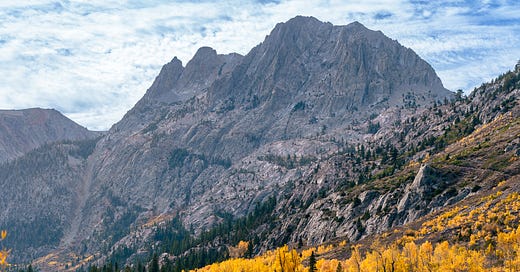



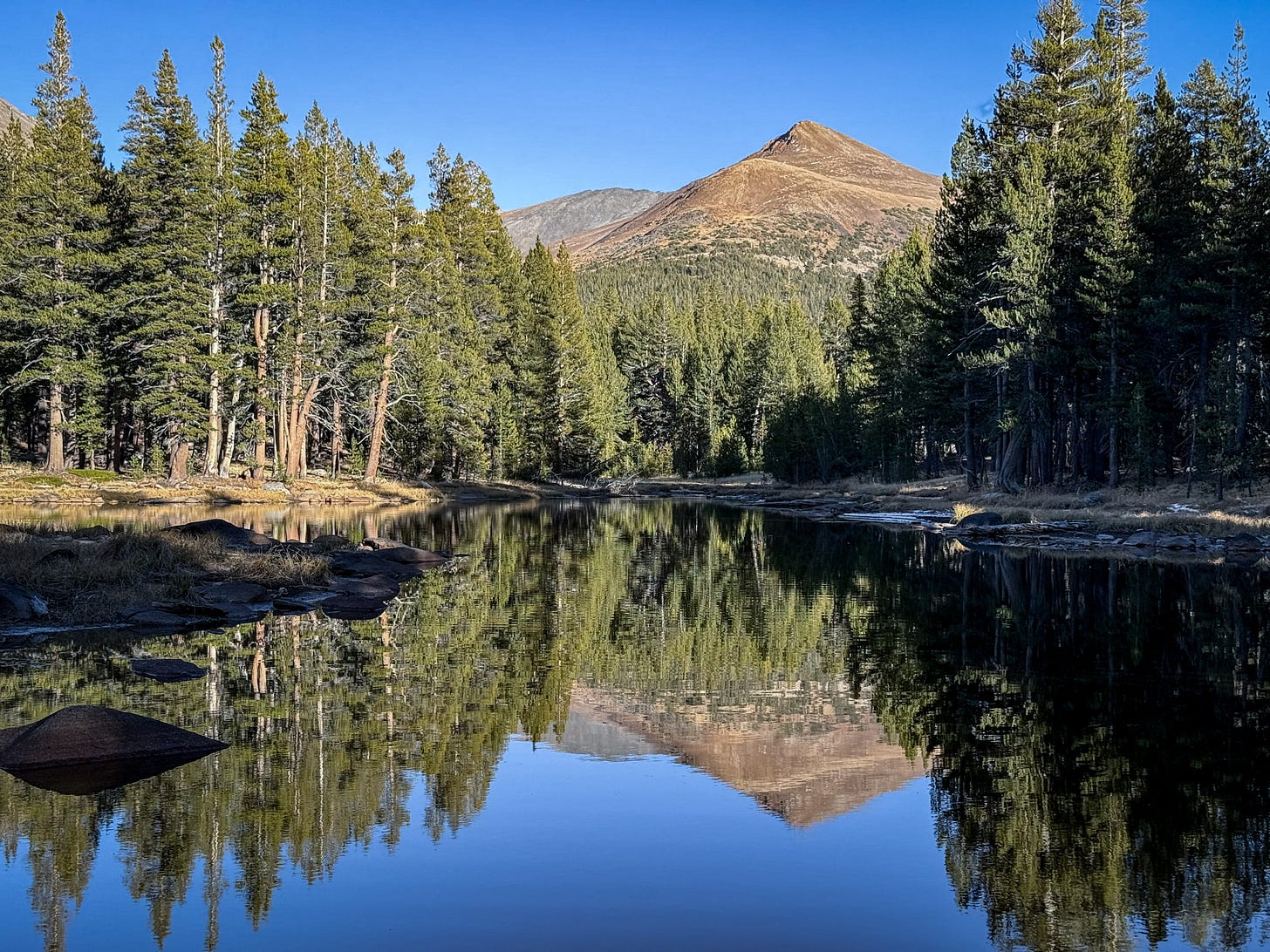
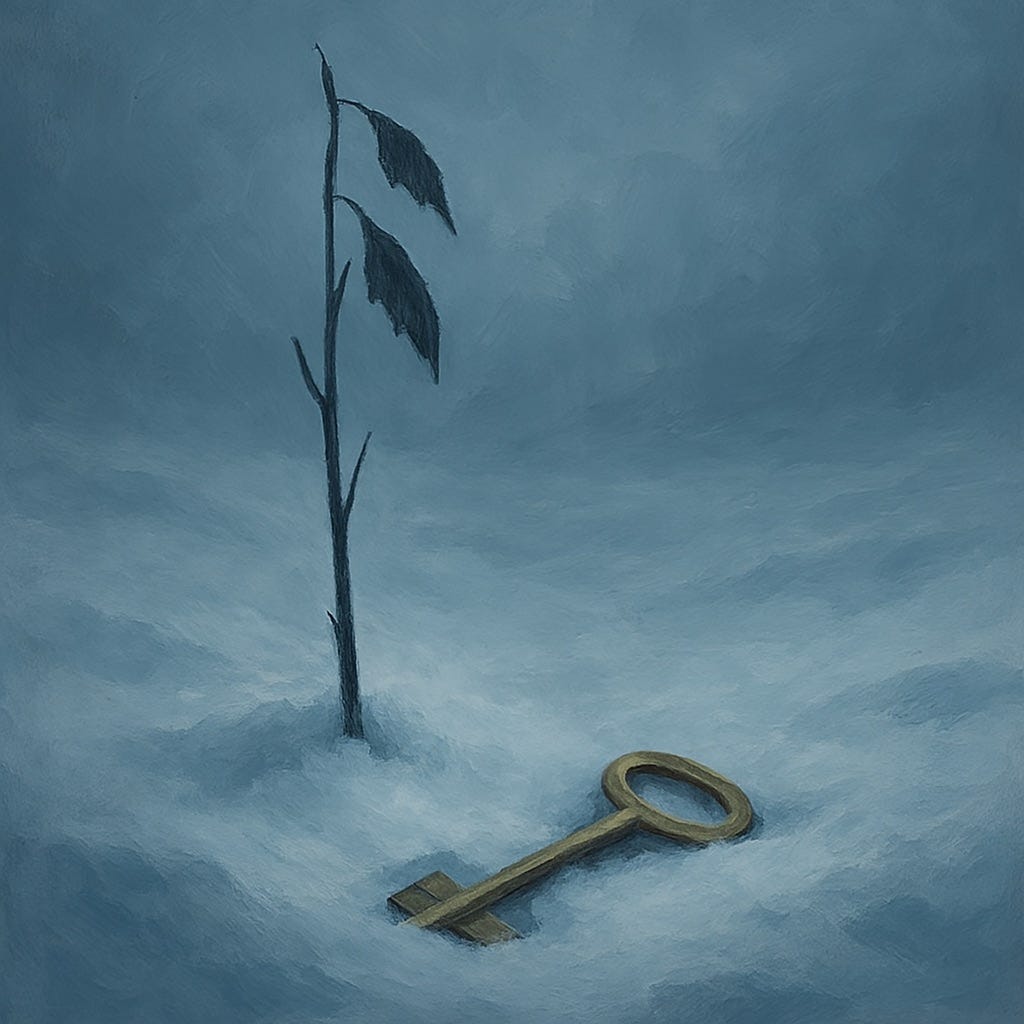
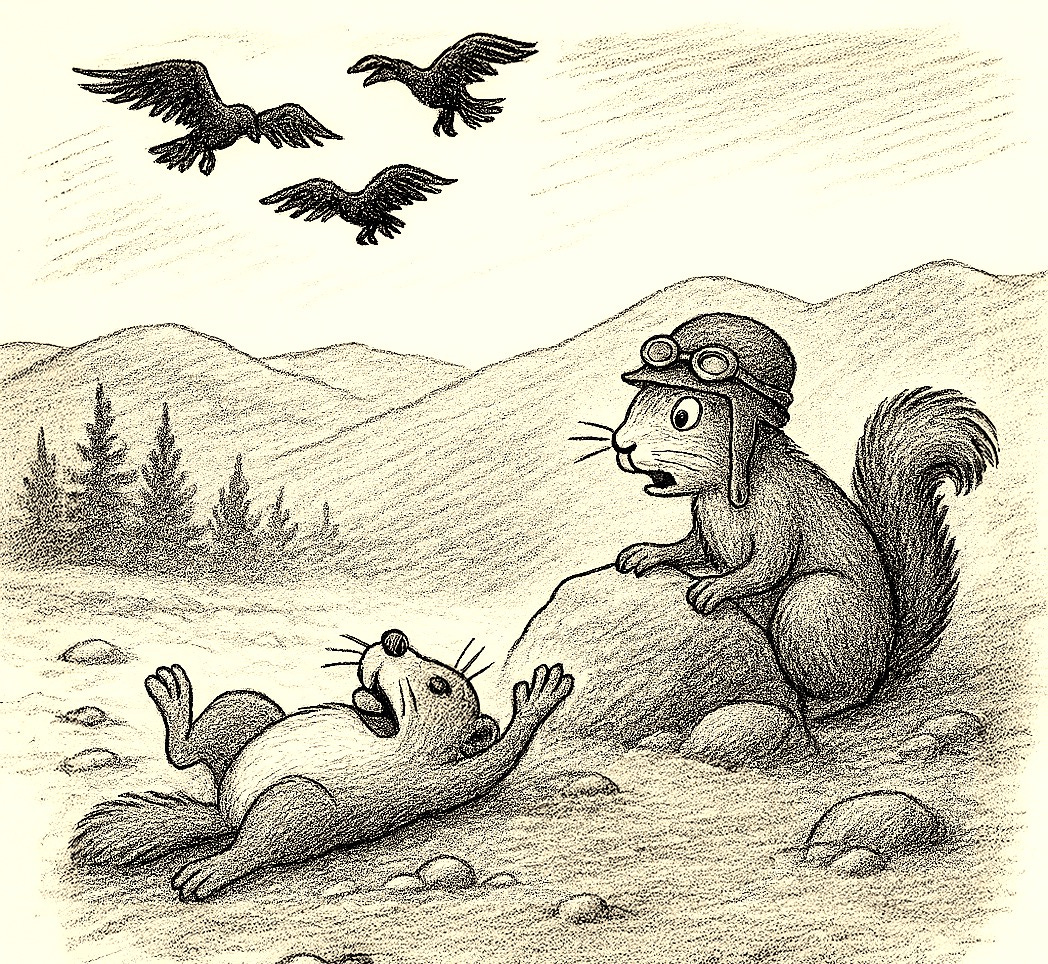





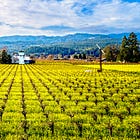



Wonderful review...It made me realize I have to go back and catch up on two of Paul Wagner's books. Always good plots and a trip to the outdoors.
Inspirational, Sasha, as well as a fascinating look into the mind of the novelist. I thought grave concerns might be a)current state of affairs in US b)something going on with burial changes